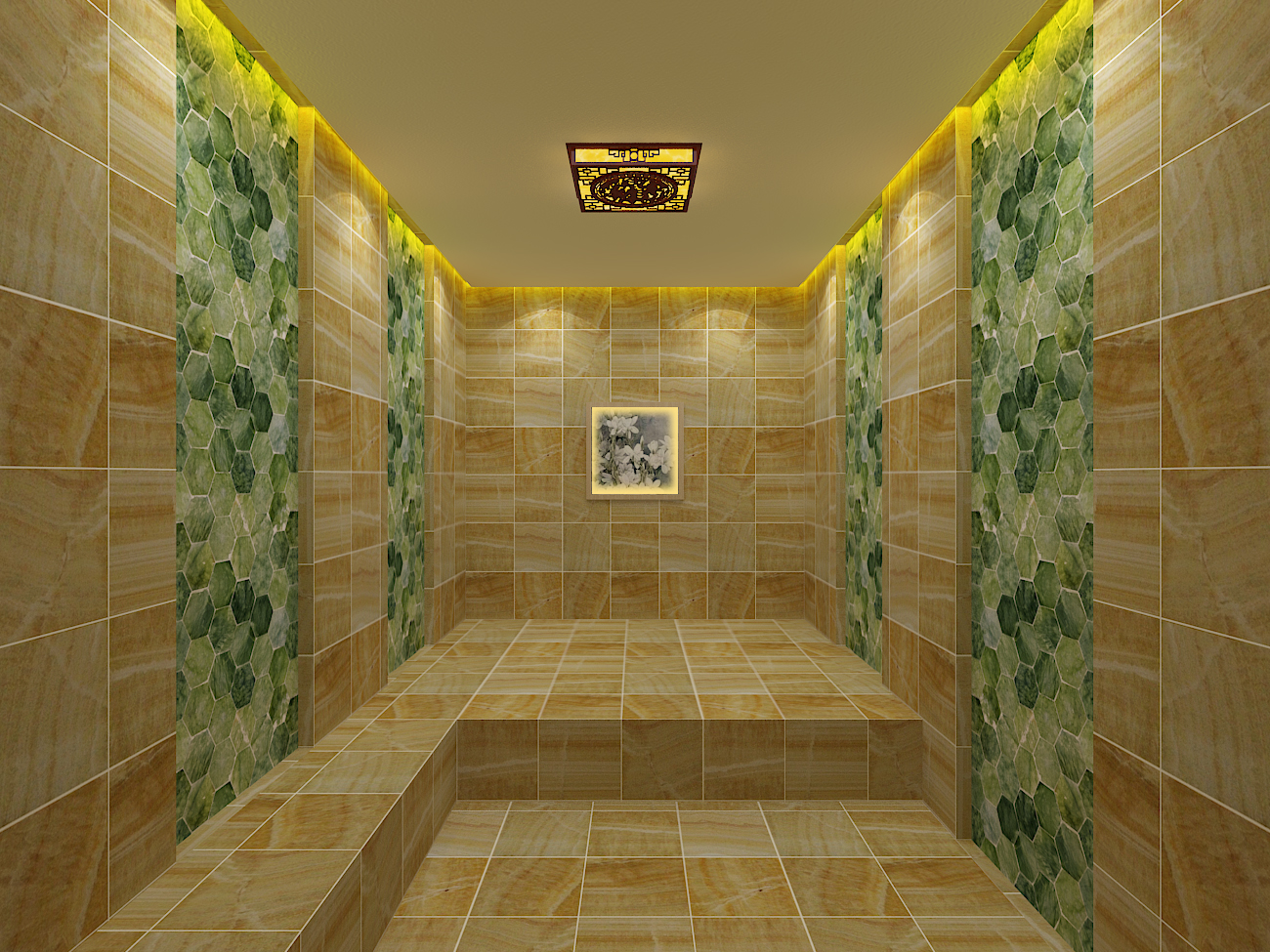
How do heat-resistant materials differ for Sweat Rooms in North compared to warmer regions?
In the world of architecture and design, the choice of materials for specialized spaces like sweat rooms plays a crucial role. The performance and suitability of these materials can vary significantly depending on the geographical location. This article aims to explore how heat-resistant materials for sweat rooms differ between the North and warmer regions.
In the North, where temperatures are generally cooler, the requirements for heat-resistant materials in sweat rooms might seem less demanding at first glance. However, even in these regions, sweat rooms need to maintain a certain level of heat insulation and resistance to ensure a comfortable and effective experience. Materials such as insulated panels with a high R-value are often considered. These panels help to retain the heat generated within the sweat room and prevent it from escaping quickly. Additionally, materials that are resistant to condensation are important in the North, as the contrast between the warm interior of the sweat room and the cooler outside air can lead to moisture buildup.
On the other hand, in warmer regions, the challenges are quite different. The primary concern is to ensure that the heat-resistant materials can withstand high temperatures without deteriorating or becoming a safety hazard. Materials like refractory bricks or specialized ceramics are commonly used. These materials can endure extremely high temperatures and are less likely to crack or warp under the intense heat. Moreover, in warmer regions, ventilation is crucial to prevent overheating. Materials that allow for proper air circulation while still providing heat resistance are preferred.
Another aspect to consider is the durability of the materials. In both the North and warmer regions, sweat rooms are subjected to high humidity levels. Heat-resistant materials need to be able to resist corrosion and degradation caused by moisture. In the North, where there might be fluctuations in temperature and humidity throughout the year, materials that can handle these changes without losing their effectiveness are essential. In warmer regions, where the humidity is often consistently high, materials with excellent moisture resistance are a must.
Furthermore, cost and availability can also influence the choice of heat-resistant materials. In some cases, materials that are readily available in a particular region might be more cost-effective, even if they are not the most ideal in terms of heat resistance. However, it is important to balance cost considerations with the long-term performance and durability of the materials.

